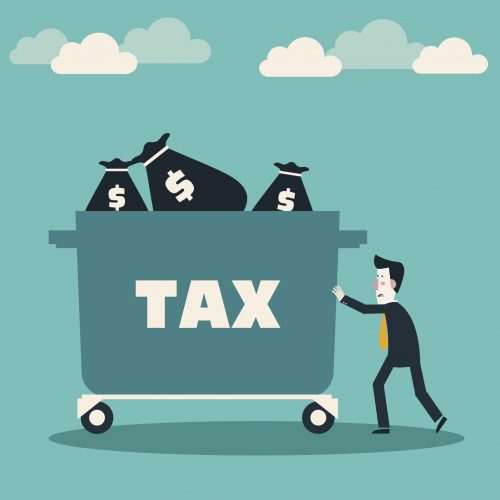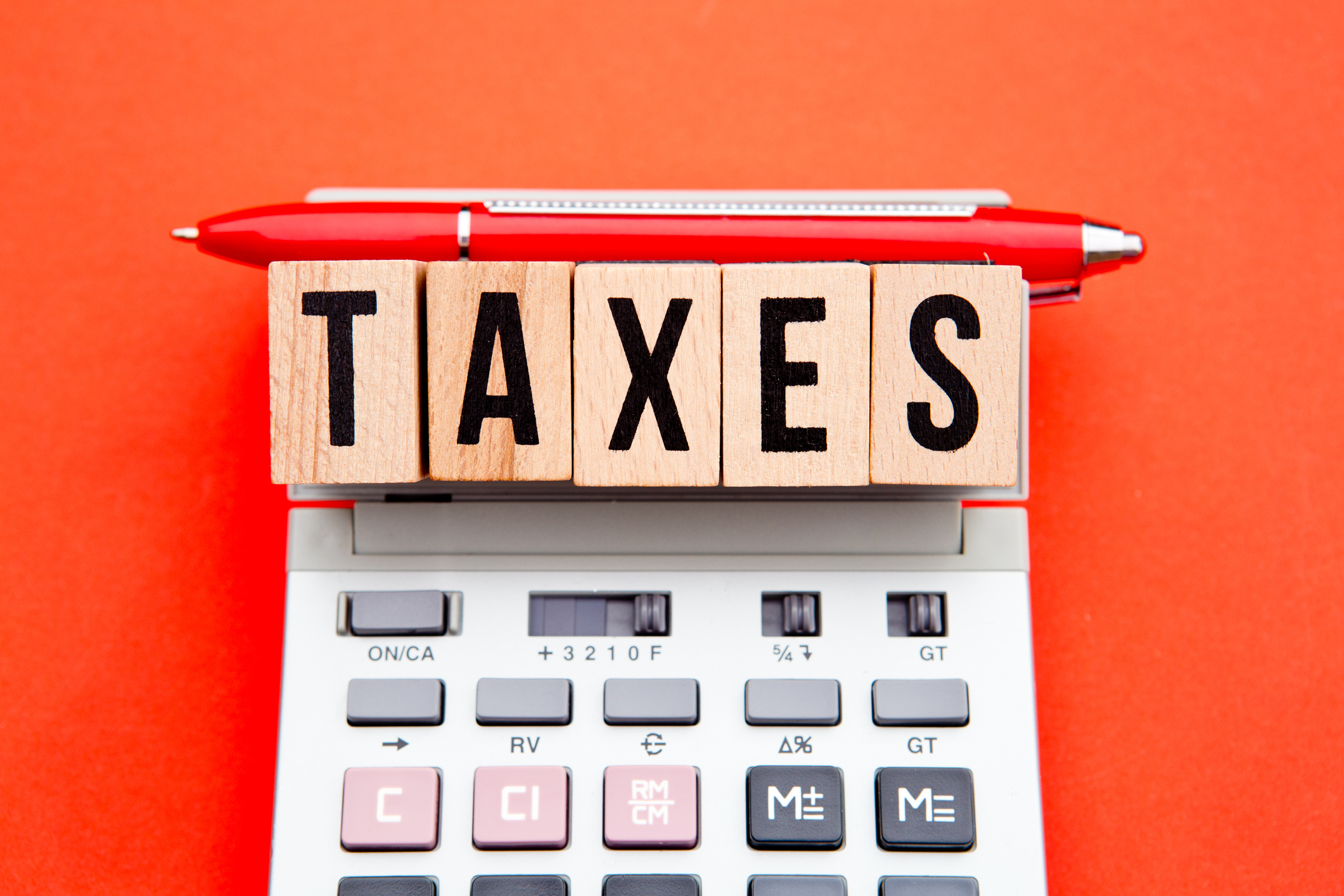Prosperity through our extensive international alliances provides local knowledge with a global reach. In a time of rapid regulatory and commercial change these personal relationships will ensure we stay abreast of developments that may be of interest to our clients and friends.
With the recent victory of Donald Trump and the Republican sweep of the U.S. House and Senate, it is likely we will see significant tax legislation as early as 2017. President-elect Trump has proposed some of the largest tax cuts since Ronald Reagan. If Trump sticks to his campaign promises, here are the major changes his administration wants to make on individual taxes:
- Reduce seven federal tax brackets to three. Rates for joint filers would be 12% (less than $75,000); 25% ($75,000 to $225,000), and 33% (over $225,000). Brackets for single filers would be half of these amounts. Currently, the top tax rate is 39.6%.
- Increase the standard deduction from $6,300 to $15,000 for single filers and from $12,600 to $30,000 for joint filers while ending personal exemptions.
- Head-of-household filing status would be eliminated.
- Itemized deductions would be capped at $200,000 for joint filers and $100,000 for single filers.
- Repeal the Affordable Care Act (ACA) and the related 3.8% tax on investment income for higher income taxpayers.
- Repeal the alternative minimum tax and the estate tax.
For business taxpayers:
- Reduce the corporate tax rate from 35% to 15%.
- Extend the 15% corporate rate to pass-throughs (e.g., S corporations, partnerships and LLCs)—but only “small businesses” would enjoy the lower rate. “Large businesses” would be required to be taxed as C corporations to get the lower tax rate. However, no guidance has been provided on what the threshold is for a “large business.”
- Repeal the corporate alternative minimum tax.
- Firms engaged in manufacturing in the U.S. could elect to expense capital investments and deduct interest expense only to the extent of interest income.
- Deemed repatriation of corporate profits held offshore at a one-time tax rate of 10%.
The House has proposed a platform that is similar to the Trump plan. Even though there is significant overlap in the two plans, we have a long way to go in predicting the specifics of the 2017 changes. However, we expect that significant changes are on the way.


